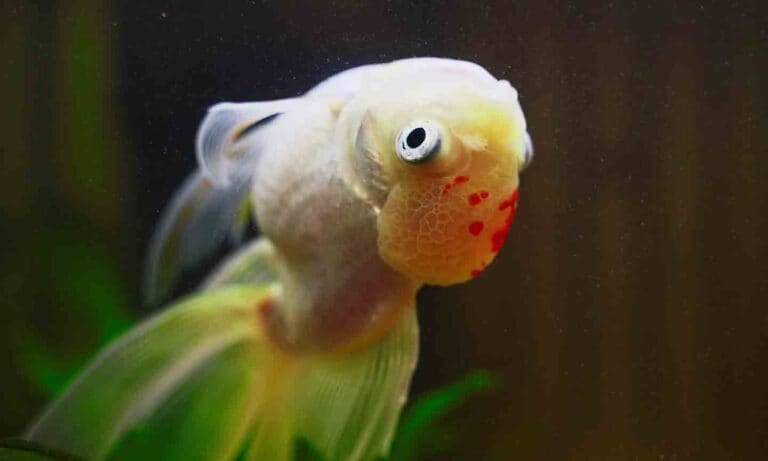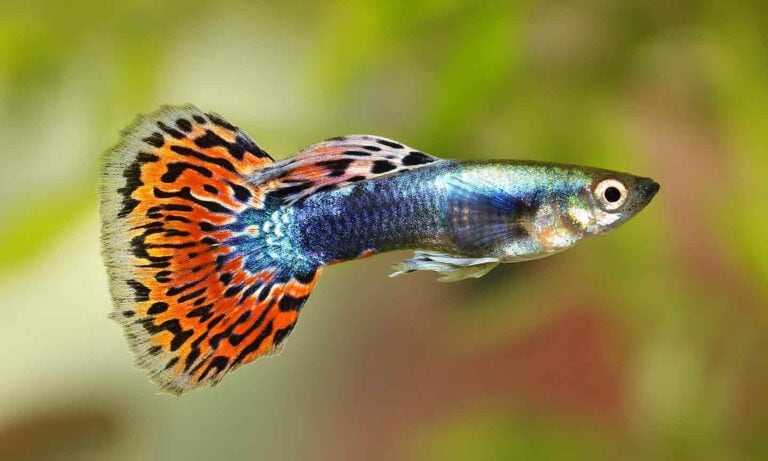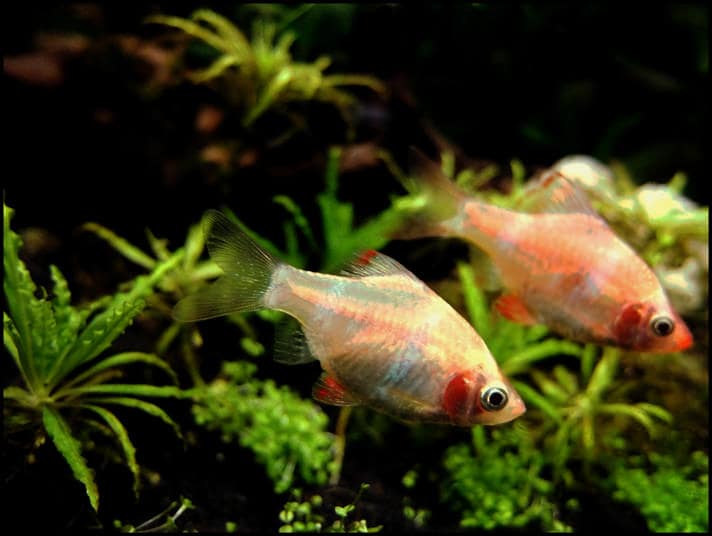Euthanasia is an unpleasant but sometimes necessary aspect of all animal healthcare. Some scientists and vets have strongly criticized some of the methods widely used by aquarists to euthanize fish, saying they are slow and painful.
Euthanasia is used for two main purposes: to relieve the suffering of severely ill fish and to humanely destroy severely injured or deformed fish, particularly fry.
When To Euthanize Fish
Several fish diseases are so consistently fatal that euthanasia is invariably the best option. These include neon tetra disease, dwarf gourami iridovirus, chronic wasting disease, dropsy and advanced Hexamita infections.
In some cases, euthanasia is also part of the management of fish disease outbreaks. Neon tetra disease, for example, spreads to healthy fish when they nibble on the corpses of sick fish. Removing and euthanizing infected fish promptly will minimize the chances of healthy fish becoming sick.
Fish with poorly developed swim bladders (“belly sliders”) and deformed spines are particularly common among inbred fish, such as some fancy livebearers. In this case, euthanasia removes bad genes from a particular batch of fish, ensuring each new generation is healthy and conforms to the standards of the type.
Flushing Fish
Flushing fish down the toilet is never an option. Flushing a sick fish into the sewer is not only inhumane, but it can also allow disease-causing organisms to enter local waters, leading to outbreaks of disease amongst native fish.
How Not To Euthanize Fish
Immersion in crushed ice or boiling water are not humane ways to euthanize fish, though ice-cold water may be used under some circumstances (see below). Stunning and decapitating fish is only humane if followed by pithing (also see below). Suffocating fish by leaving them out of water is not humane either; fish remain conscious out of water for long periods, in some cases several hours.
Verifying Death
Veterinarians and biologists consider a fish to be dead 10 minutes after the last sign of gill movement. It is important not to remove a fish for disposal until death has been established.
Ice-Cold Bath
Tropical fish less than 2 inches in length can be euthanized by exposing them to freezing cold water. The fish is put into a small container along with some aquarium water at the normal temperature. This container is then placed into a much larger container filled with crushed ice. This will rapidly chill the water in the smaller container, eventually rendering the fish unconscious. When death is verified, the fish can be removed.
Decapitation
While too grisly for most aquarists, stunning a fish, decapitating it and then pithing it (physically destroying the brain with a metal rod) is a humane way to euthanize a fish. Because fish can remain conscious for some time after decapitation, the pithing step is essential. If you don’t know how to pith a fish, then don’t use this method.
Clove Oil
Also known as eugenol, clove oil is a sedative at low doses, but at higher doses it has been recommended by some researchers as an inexpensive way to euthanize fish, particularly small fish. In a container, mix aquarium water with clove oil and mix. When exposed to high concentrations of clove oil, fish quickly lose consciousness and stop breathing, both of which reduce pain. Hypoxia eventually causes death, and once verified, the fish can be removed from the water and clove oil mixture. The required dose for euthanasia is 400 mg/l or more.
Clove oil contains some substances believed to be carcinogenic and should be handled with care.
Carbon Dioxide
Pressurized carbon dioxide vigorously bubbled through water for at least 30 seconds will quickly displace dissolved oxygen. A fish placed in such a container will quickly become unconscious and soon die, assuming the fish cannot breathe atmospheric air (many freshwater fish can: check before using this method). Once death is verified, the fish can be removed.
Note that this is not the same thing as methods based on Alka-Seltzer tablets or carbonated drinking water, neither of which will produce the environmental conditions described. Such methods have not been proven to be humane, are not used by vets and cannot be recommended here.
Anesthetic Overdose
By administering an overdose of an anesthetic, vets can ensure that large fish are humanely euthanized. This is the method recommended for use with large fish, such as koi, oscars and saltwater angelfish. Because large fish will be stressed by being caught and transported to a veterinarian, the vet may need to visit the fishkeeper’s home and euthanize the fish there.
A variety of anesthetics have been used for this purpose, including 2-phenoxyethanol (bath, 0.3 to 0.4 mg/liter); benzocaine hydrochloride (bath, at least 250 mg/liter); sodium pentobarbital (injection, 60 to 100 mg/kg body weight); tricaine methanesulphonate, also known as MS222 (bath, 300 mg/liter). Because tricaine methanesulphonate is acidic, it will need to be used alongside an appropriate pH buffer. You need a pH buffer if you have fish from a non-acidic aquarium. Taking a marine fish from an aquarium at pH 8.5 and dumping it into a bath containing MS222 solution at around pH 6.5 will be intensely stressful. So if using this chemical, buffer the water to the correct pH before adding the fish.
It may take more than 30 minutes for death to occur, and it is recommended that fish be left in anesthetic baths for at least 2 hours to be sure. Death will need to be verified before the fish is removed.
Disposing Of Dead Fish
Dead fish should not be flushed. The body can be burned, disposed of in the household trash or buried in the garden away from bodies of water. If placed in the trash, wrap the body in paper or plastic film to prevent it from being consumed by rats, cats and other garbage feeders. If buried in the garden, place the body deep enough underground that scavengers will not unearth it.
Posted by: Chewy Editorial
Featured Image: Via Al Castro/Lumina Media
Share:









